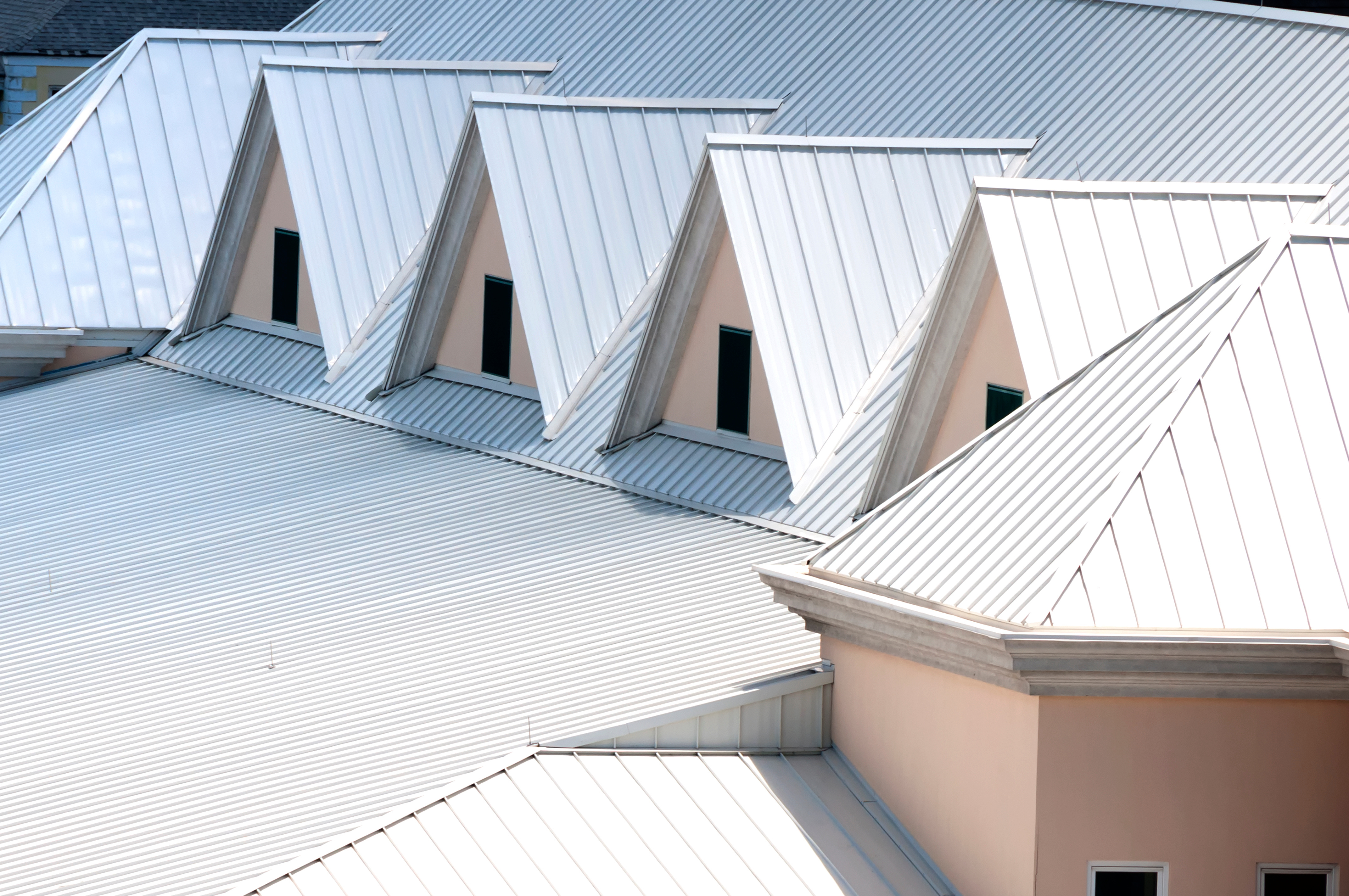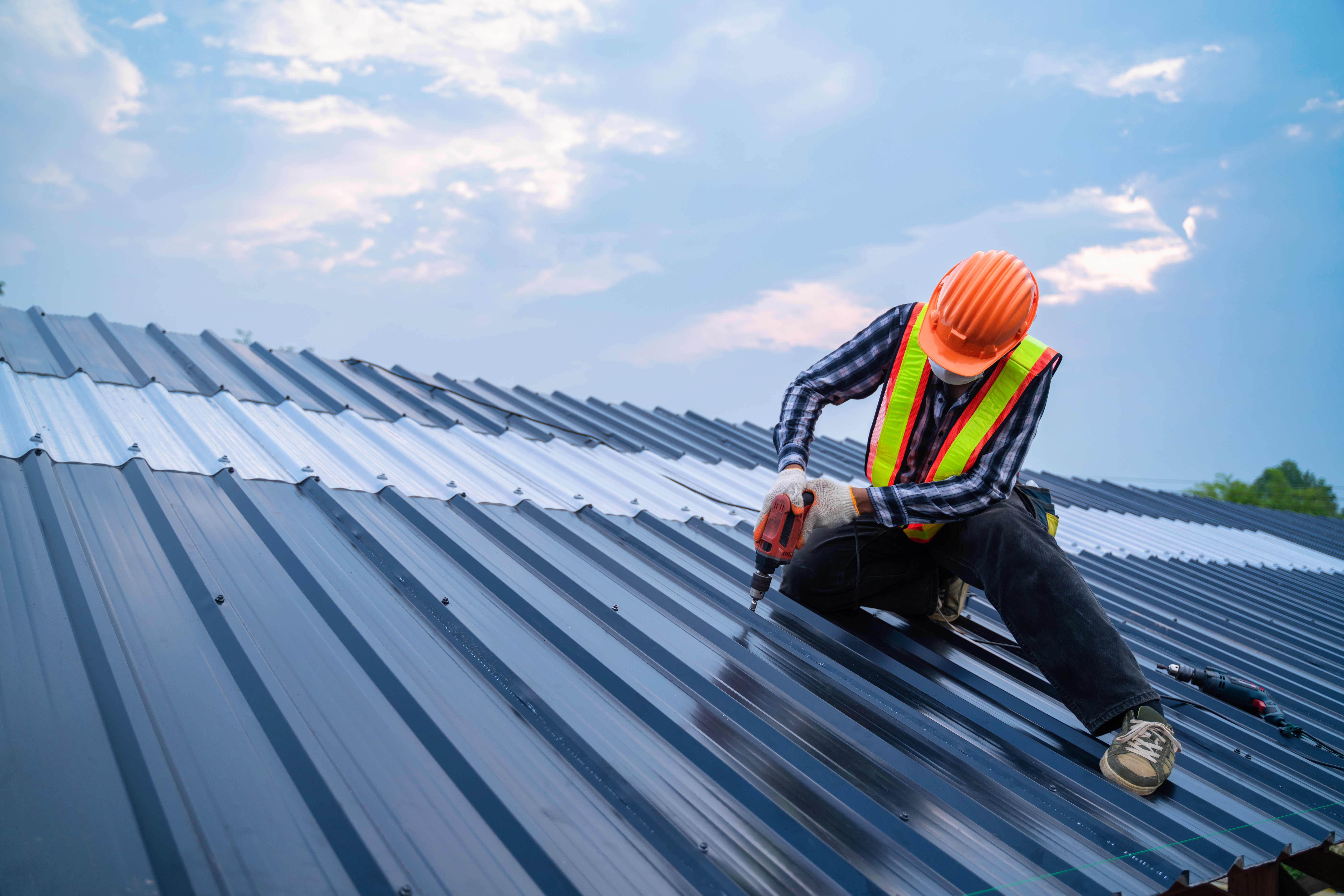Commercial roofing industry updates and market trends for 2024
An unwavering truth that looms large over the commercial roofing industry is that external factors like global and national economies, material availability, design trends, and technological advancements regularly shake up the status quo. As a result, roofing professionals must stay on top of shifts in the market, supply chains, and industry best practices.
For example, developments like interest rates and labor availability will impact project costs and timelines, while surging aesthetic movements and new technologies will impact roof design and customer demand. Popular shipping routes, like those in the Red Sea, are increasingly slowed by political turmoil, introducing new challenges to forecasting and procurement. However, not all roofing industry shifts are negative, as we also see market trends embrace sustainability and new technologies.
This article will explore the commercial roofing industry and market trends from 2023 and anticipated trends for 2024 so you can plan your construction projects accordingly.
2023 Commercial roofing trends that will reign in 2024
In 2023, we saw an increased focus on energy efficiency, sustainability, and overall lifespan. Commercial roofing projects leaned toward greener materials and installation practices while optimizing costs. Improved technology and processes contribute to an extended lifespan, which is also more sustainable.
— Green roofs
Green roofs feature various vegetation types and can be used for growing food or purely aesthetics. Some commercial buildings provide roof access, allowing visitors to enjoy green space, particularly in cities with limited parks. The global green roof market is expected to reach $5.70 billion by 2030.
However, the benefits of this roofing industry trend extend beyond what it provides to tenants. Green roofs have risen in prominence for commercial buildings to improve insulation and optimize energy costs. By absorbing UV rays, green roofs lower the heat passed through. Additionally, the plants provide insulation in the winter to potentially reduce heating costs.

— Cool roof systems
Energy efficiency is desirable from a cost-savings perspective and advantageous as companies work toward sustainability goals. Cool roof systems are designed to maintain a building’s ambient temperature to reduce costs associated with heating and cooling. The roof stays cooler by reflecting sunlight to retain less heat.
Cool roofs may be constructed of composite shingles or metal sheets with a light-colored coating designed to reflect UV rays that can typically heat buildings. The cool roof coating market is expected to nearly double by 2032.

— Commercial solar roofs
Sustainability will continue to be a hot topic. As such, commercial solar keeps growing, mainly in part because of government subsidies. Current federal solar tax credits for businesses include:
The Investment Tax Credit (ITC), which reduces income tax liability for solar installed during the tax year.
The Production Tax Credit (PTC), which reduces income tax liability for electricity generated.
While ITC only impacts the year of install, PTC reduces tax liability for the first ten years of system operation and is adjusted annually to accommodate for inflation.
While it remains uncertain whether low-slope commercial roofing will witness significant increases in market demand, it is worth acknowledging that they are ideally designed to fulfill several of the aforementioned initiatives. After all, their mostly flat surface accommodates both solar panels and greenery.
Technology in commercial roofing
Technology to increase worker safety
Nearly one in five worker deaths in the United States are construction workers, presenting a significant need for safety improvements. In response, the commercial roofing industry increasingly utilizes existing technology in innovative ways. Case in point, drones have made roof inspections substantially safer and more efficient without risking lives. Using a drone, an inspection can be completed quickly while allowing the inspector to see everything necessary for their review — even in hard-to-reach spaces.
Roofing technology for smarter roof maintenance
Preventative and timely roof maintenance can make all the difference in the life of a roof. Technology like smart roofs can monitor weather conditions, identify potential leaks, and even drain blockages. In areas where snow is a concern, a smart roof can monitor the snow load and create an alert when too much snow has collected. Some smart roofs even integrate with building management systems to notify contractors or maintenance providers when action is required.
Technology for virtual construction design
Historically, construction projects were laden with material waste, scheduling delays, and unexpected costs. Virtual construction design has been rising in recent years, reducing errors and rework to save time and costs.
Instead of paper documents or spreadsheets for project planning, construction teams can collaborate on virtual construction design. With building information modeling, contractors can visualize the roof virtually to identify material needs and refine the design.
Seemingly small adjustments, such as dimension or material changes can substantially alter the timeline and costs associated with a project. Virtual construction design makes it easier and faster to understand how adjustments will impact different aspects of a project to ensure it can still be completed on time and within the established budget.
Innovative tools to increase time-savings
Companies like SFS consistently push the envelope, seeking to continuously improve installation speeds without sacrificing accuracy and safety. Take, for example, our Isoweld induction welding system.
SFS’s ISOweld system combats challenges posed by the construction labor shortage. The tool also helps with material costs for contractors by using heat to attach TPO and PVC membrane to insulation without penetrating the membrane.
With no false-positive welds, one-step calibration, constant membrane surface temperature monitoring, and the plate-finding search function, ISOweld is an excellent solution for contractors to save time and materials, particularly due to the market's price sensitivity and competitiveness. By using the ISOweld system, contractors can bid more competitively on projects.

— Metal roofs maintain popularity
Metal roofing is gaining popularity thanks to benefits such as durability, low-maintenance needs, and reduced risk of leaks. Alternative roofing materials, such as asphalt, lead to billions of pounds of waste in the United States each year, making metal roofs an attractive option for waste reduction. Additionally, metal roofs can be made from recycled materials and be recycled at the end of their life.
Metal roofs have longer lifespans than asphalt or composite counterparts as they’re very durable and can withstand severe weather. Since they reflect UV rays, metal roofs are also more energy efficient. According to State Farm, metal roofs can provide a 10-25% reduction in energy costs. Combined with savings from fewer repairs, metal roofs are a cost-effective long-term roofing solution.What should industry professionals consider when planning commercial roofing projects in 2024?
Pivotal market trends and industry influences loom on the horizon for 2024 and beyond to consider when planning future commercial roofing projects.
Interest rates
Nearly all construction projects are funded with debt in one way or another, and borrowing money is currently very expensive. Presently, the federal interest rate is 5.25% to 5.5%, up from 3.75% to 4.00% this time last year.
High interest rates are causing projects to become less profitable, or companies are waiting to start a project until they can fund it in cash.
Raw material indexes continue to fall
While labor costs and labor shortages are still issues in the commercial roofing industry, prices have begun to stabilize, and the bottom is likely here or nearby.
According to the National Roofing Contractors Association (NRCA), “Softwood lumber prices are down 16.3% year over year and 3.2% from September to October. Iron and steel prices are down 6.1% year over year and 2.3% for the month.”
Labor shortages
While the commercial roofing industry is trending upward, labor shortages still impact related industries across the board. Nonetheless, commercial roofing companies have viable solutions, starting with boosting the efficiency of their existing workforce.
SFS designs numerous fasteners and tools that eliminate unnecessary steps or hazards during installation, leading to substantial time savings. For instance, the sharp self-drill point of the #12 Woodgrip™ XG lessens the likelihood of splitting while erasing the need for pilot holes. Similarly, the above-mentioned ISOweld induction welding systems prevent false positives while providing peak ergonomic design to lessen physical strain.
Where should professionals look for industry updates?
Commercial construction trends surface often. The following industry sites are great to follow to stay in tune with industry activity and anticipated market changes.

SFS is your partner in commercial roofing & construction
SFS wants to be your roofing partner for all your commercial roofing needs in 2024. Reach out to discuss your commercial roofing project with our team of experts, and see our array of roofing products to complete your upcoming builds in 2024.
Explore additional resources on commercial roofing best practices and industry trends:

 English (Canada)
English (Canada)
 čeština (Česká republika)
čeština (Česká republika)
 magyar (Magyarország)
magyar (Magyarország)
 Deutsch (Deutschland)
Deutsch (Deutschland)
 eesti (Eesti)
eesti (Eesti)
 español (España)
español (España)
 português (Portugal)
português (Portugal)
 suomi (Suomi)
suomi (Suomi)
 français (France)
français (France)
 English (United Kingdom)
English (United Kingdom)
 italiano (Italia)
italiano (Italia)
 Nederlands (Nederland)
Nederlands (Nederland)
 norsk, bokmål (Norge)
norsk, bokmål (Norge)
 polski (Polska)
polski (Polska)
 svenska (Sverige)
svenska (Sverige)
 Türkçe (Türkiye)
Türkçe (Türkiye)

